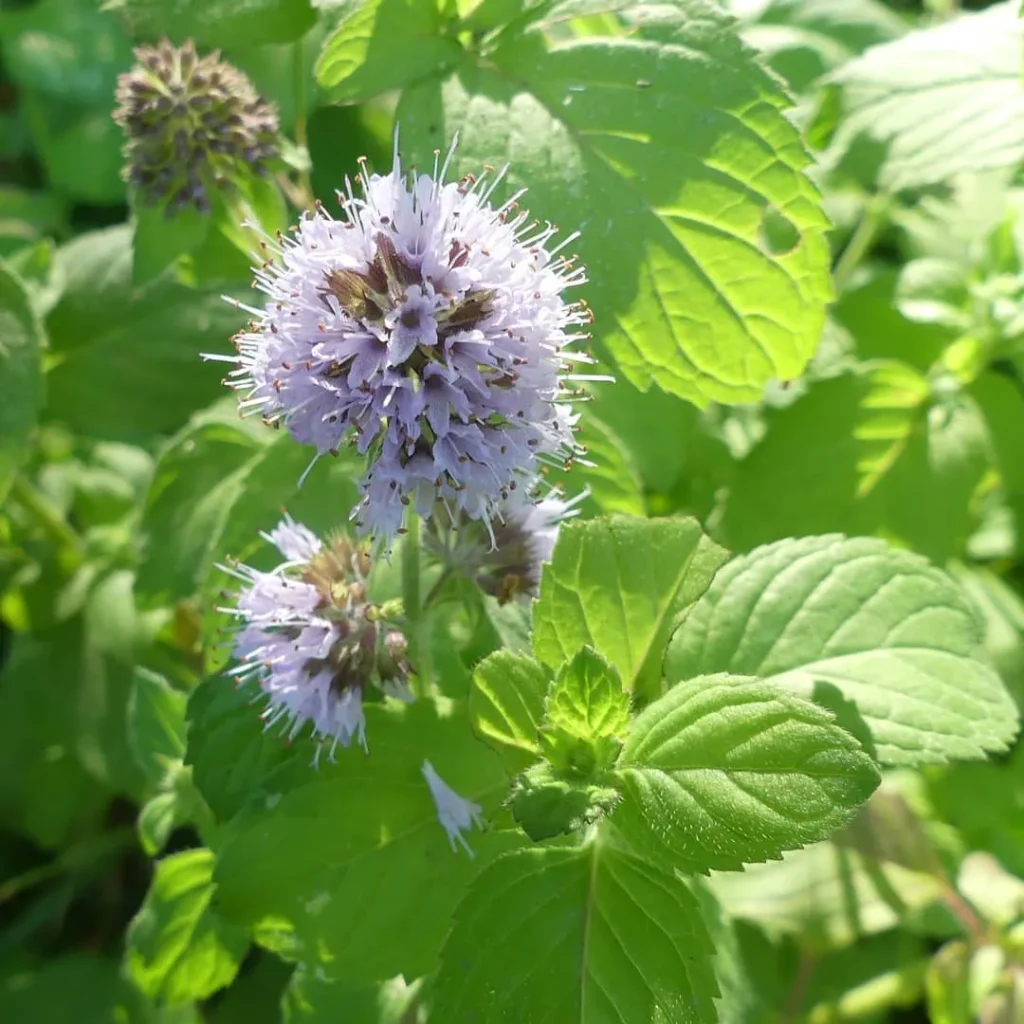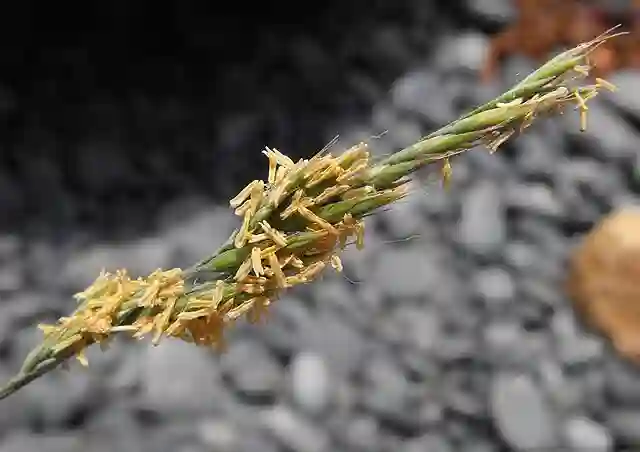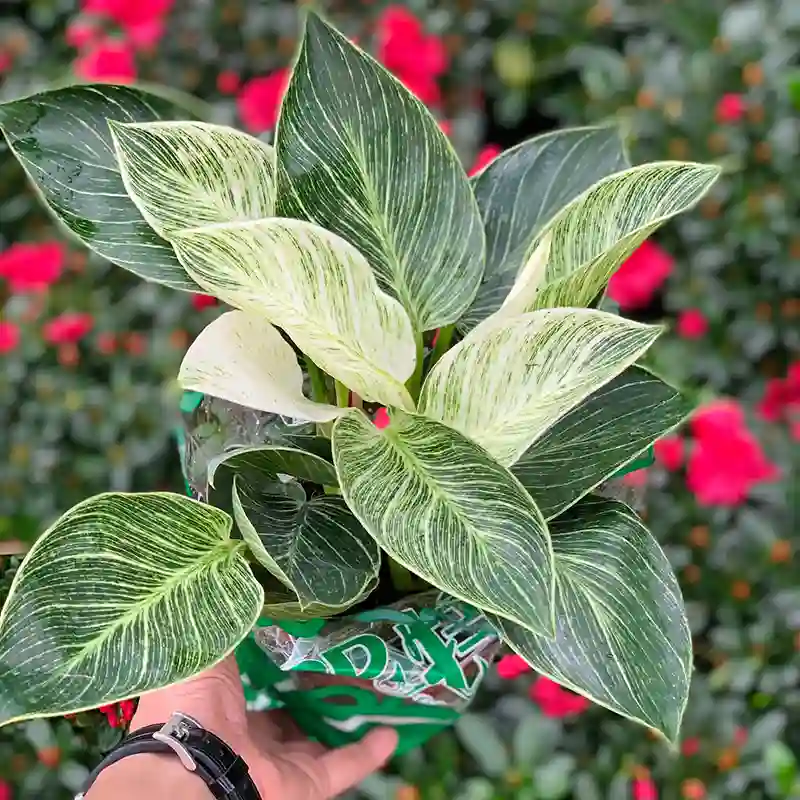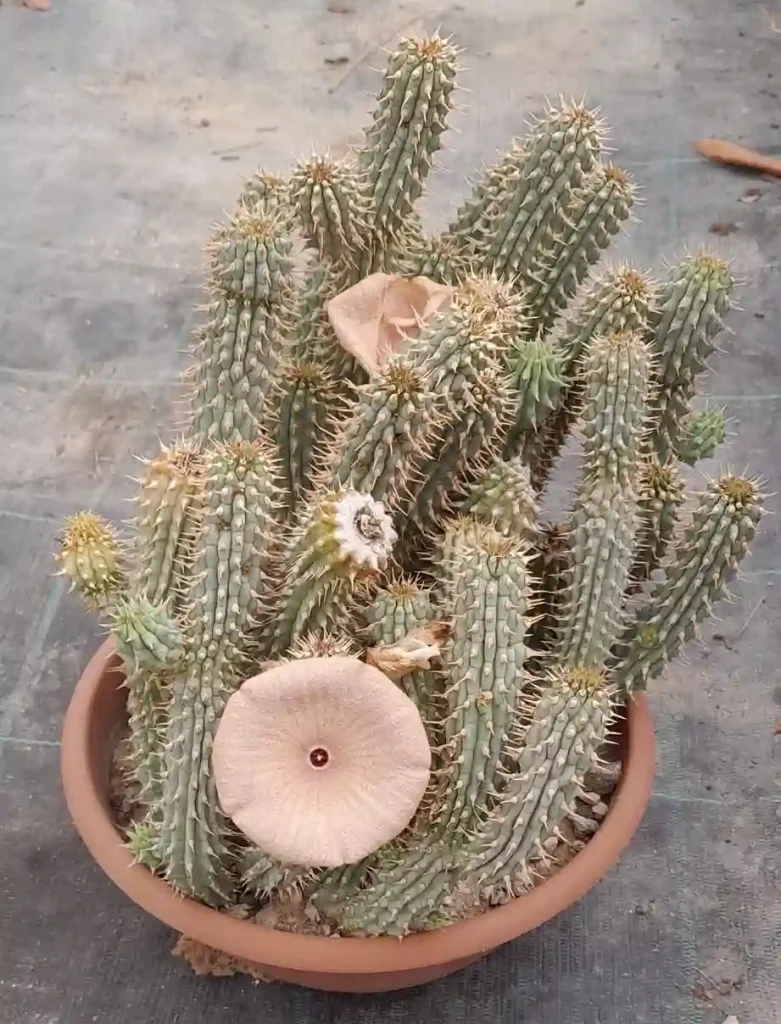Exploring the Kewaceae Family: A Personal Journey with the Genus Kewa
The Kewaceae family may not be as widely known as some other plant families, but it has always intrigued me due to its unique adaptations and fascinating characteristics. In particular, my attention has been drawn to the genus Kewa. In this piece, I’ll share my personal experiences and insights about this small yet captivating family, which is native to arid regions of southern Africa, and how it stands out in my botanical explorations.
Introduction to the Kewaceae Family
When I first stumbled upon the Kewaceae family, I was captivated by its minimalistic beauty. Belonging to the order Caryophyllales, this family is relatively small and not as frequently discussed in plant circles. However, its ability to thrive in harsh environments speaks volumes about its resilience and adaptability. For someone like me who’s constantly fascinated by plants that survive where others can’t, Kewaceae became a family I needed to learn more about.
I’ve always been drawn to succulents and plants that can endure arid conditions. The Kewaceae family, particularly the genus Kewa, fits that bill perfectly. These plants have evolved to flourish in environments with little water, which piqued my interest. They don’t scream for attention with flamboyant flowers or bright colors, but they exude an understated strength that speaks to me.
Discovering the Genus Kewa
The genus Kewa is undoubtedly the star of the Kewaceae family. This genus includes several species that have intrigued botanists for years, largely due to their ability to adapt to challenging environments. What really draws me in is their succulent nature. As someone who collects succulents, adding a genus like Kewa to my knowledge base was a natural step in expanding my understanding of drought-resistant plants.
These species are typically found in southern Africa, especially in regions that experience prolonged droughts. The genus Kewa has evolved a unique system to retain water and survive in arid climates, a trait that reminds me of the impressive tenacity of plants like Crassula or Aloe. The leaves of Kewa plants are fleshy and succulent, storing water to ensure the plant can survive even when the external conditions are less than ideal.
The Unique Features of Kewa
One of the most fascinating aspects of Kewa species is their flowers. While the family as a whole isn’t known for large, showy blooms, the flowers of Kewa are subtly beautiful. They’re not going to catch your eye in the way that an orchid might, but their delicate, almost understated elegance adds to their charm.
The flowers are typically small and white, sometimes with a greenish hue, and they bloom sporadically depending on environmental conditions. This kind of irregular blooming makes the plant feel more like a surprise when it does flower, and that’s something I appreciate. It’s not a plant that follows a predictable path, and in a way, that makes it more engaging.
I also find it fascinating how Kewa species have adapted to their environments. These plants have a survival strategy that involves deep taproots, allowing them to access water that other plants cannot. This gives them an edge in the dry, rocky regions they inhabit. To me, this adaptation is a lesson in resilience—how plants can evolve to thrive in seemingly inhospitable conditions.
Cultivating Kewa in My Collection
While I’ve always been a fan of succulents, adding Kewa to my collection was a bit of a challenge at first. The genus isn’t as commonly available as some other succulent genera like Sedum or Echeveria, but that rarity only made it more appealing to me. When I finally acquired a specimen, it quickly became a favorite.
In my experience, Kewa is relatively low maintenance as long as you replicate its natural environment. It thrives in sandy, well-draining soil, and requires only minimal watering. Overwatering is a big no-no with this genus, as its succulent nature makes it prone to rot if left in soggy conditions. For anyone familiar with growing succulents, the care requirements are quite straightforward.
One of the things I appreciate most about Kewa is how it rewards patience. Unlike faster-growing plants, Kewa takes its time to establish itself. I find this slow growth to be a reminder of how some of the most resilient things in life don’t come quickly. It’s a testament to the plant’s evolutionary strategy of surviving in tough conditions.
Conclusion: Why the Kewaceae Family Matters
The Kewaceae family, with its flagship genus Kewa, represents the kind of botanical intrigue that keeps me exploring new plants. It’s a small family, but its ability to survive and thrive in harsh conditions resonates with my love for plants that push the boundaries of resilience.
For those like me, who enjoy discovering lesser-known plant families, Kewaceae offers a hidden gem. The genus Kewa, with its succulent leaves, delicate flowers, and robust survival strategy, is a reminder of nature’s remarkable adaptability. Every time I tend to my Kewa, I’m reminded of the quiet strength it embodies—a strength I’ve come to admire and respect in my own plant collection.
In a world full of bold, flashy plants, Kewa teaches us the value of subtlety and endurance. If you’re looking to expand your own collection with something unique, I highly recommend giving this genus a try. It may not be the most flamboyant plant in your garden, but it will certainly be one of the most fascinating.
If i die, water my plants!



